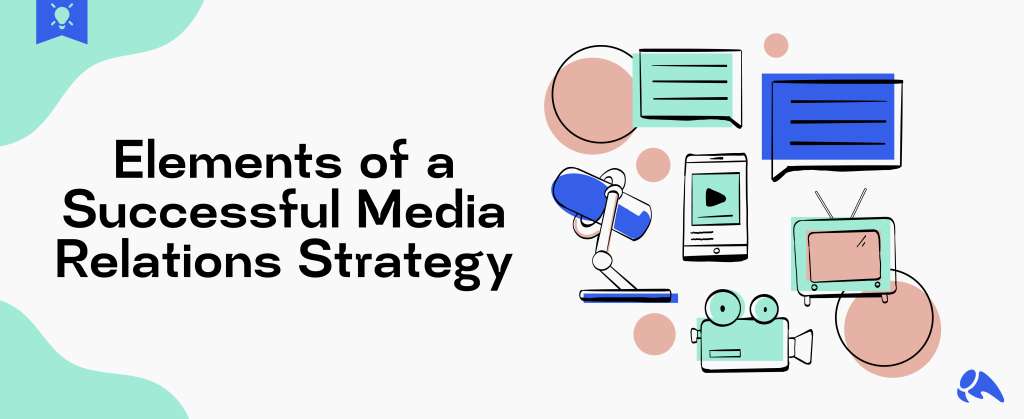
On Overit’s traditional marketing services page, public relations services are listed; but today, PR is anything but traditional.
Public Relations and Media Relations are so similar that the terms are usually used interchangeably, but the methods to achieve successful campaigns are the same. We will explore the top 5 puzzle pieces every successful campaign should have: a compelling story, a compelling storyteller, a visual, the right reporter(s), and YOU.
Let’s start backward on our list. YOU.
You are the glue that binds these puzzle pieces together. You couldn’t be one of the actual pieces because who can make a symmetrical puzzle with five pieces? You are going to use your go-go gadget arms to reach out and acquire all the elements that will put your client’s news in the headlines. What do you have to do?
- Storymine – talk to your client. Depending on your organization, your “client” may be your boss, a program lead, or a subject matter expert. Talk to them one-on-one to get them comfortable and thinking differently. Interview them. This is the sweet spot when they don’t have KPIs or bottom lines on the brain but are a little more open to sharing the nuanced stories about what’s going on behind the scenes or things they want to bring in front of the curtain.
- Utilize your relationships – PR professionals are nothing without their relationships with the media. Use these relationships to learn more about the going trends of news storytelling. New equipment. New internal policy. A new series coming up. Learn from them so you can sound well-informed and execute awesome campaigns.
Ok, you’ve got your story. The client has told you about this really awesome thing that’s happening or is going to happen, and it’s your job to get someone else to shout it from the rooftops. Three of the next four puzzle pieces go hand in hand. It is your job to work with the client to identify that compelling story, someone interesting who can tell it effectively while also staying on message, and a visual that can help tell it.
Let’s stop there. Visual. What does this mean?
I can tell you what it doesn’t mean:
- Our storyteller sitting behind a desk click-clacking away at the computer and narrating the story
- A press conference
- A cool story, but no way to tell it either due to privacy or proprietary reasons
It’s up to YOU to be honest with the client and tell them if a story won’t make it past the assignment editor or city desk.
Are we talking about a new event happening in the city focused on the city or area’s trademark plant? Don’t talk to the Mayor about it. Get the city gardener to walk you through the grounds and discuss what it took to put this event together.
Are we talking about new technology or a robot that is saving lives in the hospital every day? Show me. I want to see those little robotic arms tie a knot in a shoelace. And talk to a survivor.
Are we talking about a new art gallery opening? Get footage of the featured artists installing their work before the opening night. Let’s see them create something.
When talking about visuals, think about what interests you on social media and makes you pause scrolling. Talking heads don’t do that anymore. We’re not traditional anymore.
Read that again.
So now you’ve got your visual, who is going to do the storytelling? Think outside the box. Work with your client to identify someone other than the president or CEO, Mayor, or company leader who can help make the story more interesting. A massive shift in storytelling nowadays begs for the “little guy” to be featured. For the hard worker to be identified, celebrated, and applauded. This is good for us. We want our storytellers to relate to the general population of people consuming news. And Lord knows we’re all not CEOs.
Ok, perhaps the hardest puzzle piece to place is the reporter(s). The idea of reporters having a “beat” is long gone. Business reporters are reviewing restaurant openings, and education reporters are filling in for breaking news. U.S. newsroom employment has fallen 26% since 2008. So you not only have to break through the clutter with an amazing pitch, but the odds are against you getting someone to pay attention. And this is where utilizing your media relationships comes in handy. After a reporter does a story for you, talk to them about something else. Run another idea by them. Use this as your litmus test to see if you’re on the mark. Having these conversations makes the reporter more comfortable with you, dare I say, a friend. If they trust you, they’ll come back to you for more ideas. I’ve got a handful of reporters in the region who routinely come to me and ask if I’ve got someone who can talk about “this.”
A PR professional I follow on LinkedIn said it quite concisely: Public Relations is Sales. Now maybe it’s because I’m the daughter of a salesman who taught me a firm handshake can seal a deal, or my 12 years in retail, but I’m pretty good at making the sale. To clarify–it’s not that your story should beat out the top news of the day; it’s that you have all the puzzle pieces that make it easier for that reporter to get their job done.





